Stretching is overrated: it doesn’t help with muscle tension or muscle soreness
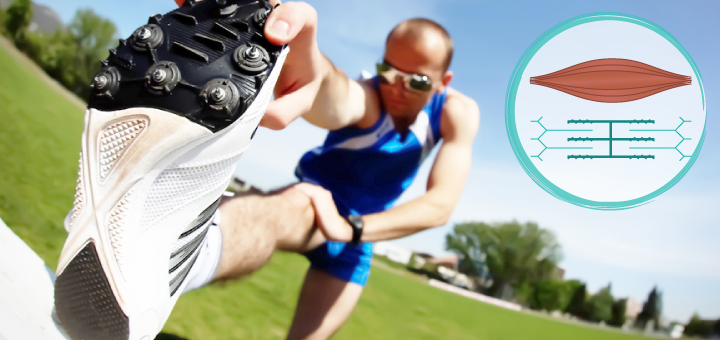
Some years ago, an article in the New York Times titled Reasons Not to Stretch made quite a stir. It listed multiple studies that concluded that static stretching before an activity both decreases muscular performance and is ineffective in preventing injuries. The author compared an overstretched muscle to a “lax elastic waistband in old shorts,” and who wants their muscles to become that?! So should we stretch, or shouldn’t we?
To answer that question, let’s examine the structures involved, their purpose, and what we ultimately want from them.
Bones
The job of your bones is to provide structural support. (They also protect the organs, store minerals and lipids and produce blood cells, but that’s beyond our discussion right now.) Bones are also used for leverage when moving the body and stretching.
We want the bones to be strong. How do they get strong?
1. We need to make sure that we have an adequate supply of calcium, phosphate, and other nutrients.
2. Since bones adapt to new stresses by becoming thicker and stronger, we need to strengthen (not stretch) the muscles that pull on them. Weight-bearing activities are beneficial here, and yoga is really good in that department since, during the practice, you are bearing weight on your feet, knees, hands, and sometimes even your head. Unless you have some underlying health condition that makes it undesirable, this is good for you.
Ligaments
Ligaments are bands of connective tissue that connect bone to bone. Their job is to support, strengthen, and stabilize the joint. Each one of us belongs in a tight-, normal- or loose-ligamented category, and we only have Mother Nature to thank for that. All gymnasts and super-bendy yoga practitioners have loose ligaments, and it’s not due to their own accomplishments – they were born that way. Those folks who were born with tighter ligaments might feel like they are lacking, while in fact, they are in a more favorable position because they have STABILITY. In the flexibility vs stability argument, stability always wins. This is because stability is essential in keeping your body balanced and healthy, as well as in maintaining its structural integrity. Ask those who have loose sacroiliac ligaments, and they will tell you how much fun it is for your sacrum to pop out of place all the time. If your ligaments are not stable, you will need to find that stability elsewhere, and your muscles will have to carry that burden, even though it is not their job.
What do we want from our ligaments? We want them to support and reinforce our joints. WE DO NOT WANT TO STRETCH THE LIGAMENTS. Stretching the ligaments will destabilize the joint, which will make it prone to injury. Ligaments have very high collagen concentration, which means that they are not elastic. Ligaments can only stretch to the maximum of 6% over their normal length. Past that, some collagen fibers will tear. If that happens, it will take forever to heal (ligaments have very little blood supply), and it will compromise the entire area that the ligament is supposed to support.
Tendons
Tendons connect muscles to bones. When muscle fibers contract, they pull on the tendons, which become stretched and transfer the tension to bones, which are then moved. Tendons behave similarly to ligaments, and we don’t want to stretch them either.
Muscles
The main job of your skeletal muscles is to move the body by contracting and pulling on the levers of bones. What do we want from the muscles? We want them to maintain their contractile power and resting muscle tone. Contractile power means that the muscle has elasticity and resilience to be able to both contract to generate action and then return to the resting muscle length. Muscle tone means that in any skeletal muscle, some motor units are always active, even when no movement is produced. Resting muscle tone stabilizes the position of bones and joints. We need this to maintain the upright position, to catch ourselves if we trip, to make it easier to begin the movement, and, of course, to show off those nice-looking six-pack abs. Interesting fact: toned muscles use more energy, which means that you continue to burn calories even after exercising, and that continues for 24 hours per day. That’s one reason why strength training is recommended during a weight loss program.
Stretching does not help with either increasing your muscular performance or developing resting muscle tone. This is because the muscle’s ability to contract is dependent on the resting muscle length. If it’s either too short or too long, the contraction will be weaker. Overstretched muscle loses its contractile power completely and becomes, well, like a “lax elastic waistband in old shorts.”
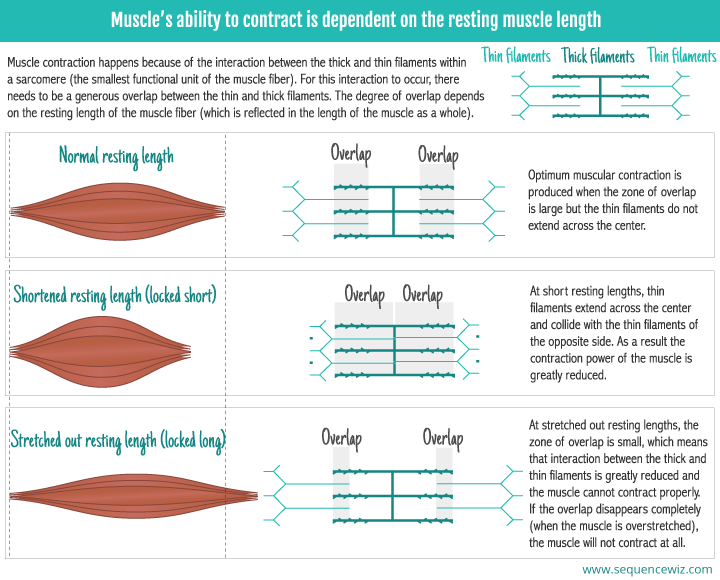
Why do we want to stretch anyway? Usually we do it when the muscles feel tight or sore. Let’s look at the mechanisms behind those a bit closer.
You have probably heard the term agonist-antagonist in relation to muscles. It basically means that muscles usually work in pairs – if one is contracting, another one is opposing the movement and becomes stretched. The agonist is the mover, and the antagonist is the one that resists the movement. Since we rarely use the muscles in a balanced way in our daily lives, often the agonist gets stuck in the shortened (partially contracted) position and the antagonist in the lengthened position. Simple example: when you sit a lot during your day, your hip flexors become chronically contracted (even though you are not moving them, they are just stuck in a shortened state), and your glutes lose their tone and weaken. Adopting Thomas Myers’ terminology from Anatomy trains, your hip flexors are now locked-short, while your glutes are locked-long. Over time, both locked-short and locked-long muscles lose their ability to contract properly and become weak, undernourished, and eventually painful. The first instinct is to try and stretch a locked-short muscle, but it is like trying to pry open a clenched fist – it won’t give much and then will snap right back into place. A locked-long muscle is already in a stretched-out, weakened state, so stretching it won’t get you anywhere.
The solution here is to CONTRACT your tight muscles first and then stretch them later. That’s what your muscles are designed to do – to contract and relax in succession, and doing so will increase circulation to the area, “awakening the muscle,” so to speak. After sitting for a while, you can walk around a bit (preferably raising your knees up high as you do it) and then do some mild hip flexor stretching (like in modified Warrior 1). This will be more effective than stretching alone. You can take it even further by intentionally contracting the antagonist muscle (glutes in our example) to begin restoring balance to the agonist-antagonist relationship. Read more about working with tight hip flexors
Stretch breaks for prolonged sitting (4 mini-practices)
This principle applies to any tight muscle – contract-relax, contract-relax, contract-relax it first. It is much more effective to do that before an activity (running, hiking, gardening, skiing – whatever) than static stretching. You can call it dynamic warm-up – it prepares the body for the challenge by warming up the muscles. Unlike static stretching, dynamic warm-up WILL help minimize the risk of injury and WILL help increase muscular performance. You can do static stretching after the activity.
The same concept applies to dealing with muscle soreness. Muscle soreness is usually attributed to the build-up of lactic acid in the muscle and/or microscopic tears in the muscle tissue. The process of releasing muscle soreness is similar to cleaning a household sponge: first, you want to get rid of the wastes by squeezing them out, just like you would squeeze dirty water out of the sponge; then, you would want to bring in freshly oxygenated blood, just like you would soak the sponge in clean water, then you would squeeze it out again and repeat until your sponge is clean and your muscle is saturated with fresh blood. Blood brings healing. Would pulling on two ends of the sponge accomplish the same effect (as you do in stretching)? Not likely.
Then where does stretching fit in? Stretching is useful primarily to locked – short (chronically contracted) muscles and fascia (another important player in the connective tissue category).
To release chronic muscular contraction, you would contact-relax, contract-relax, contract-relax the muscle first to increase the blood flow. After the muscle becomes more pliable, you can begin to stretch so that it can return to its normal resting length. It is not our intention to make our muscles longer; that doesn’t serve any purpose at all. Our purpose is to free them from the chronic state of contraction so that they can move the body properly, maintain a healthy muscle tone, and improve the range of motion at the joint level.
In the viniyoga tradition we manifest this idea by moving in and out of the pose first (called repetition), and then holding the pose statically. It serves the same purpose of dynamically warming up the muscles before exerting maximum force. Check out this article to learn the reasons for moving in and out of the pose, and this article to learn how fascia fits into the picture.
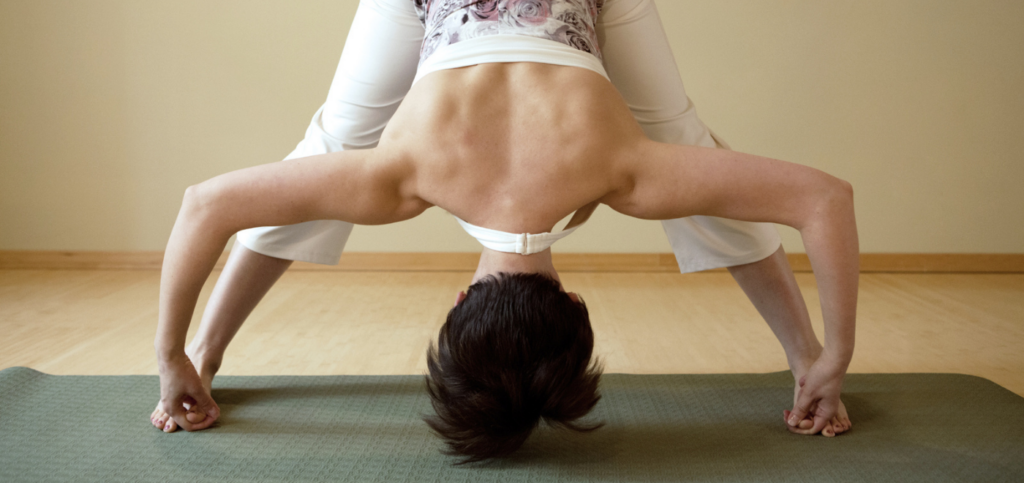
Certain movement combinations work every time to release tension in specific body areas, and simple yoga practices based on those movements give students reliable relief from their physical tensions.

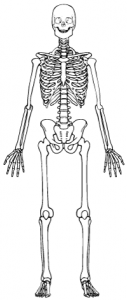
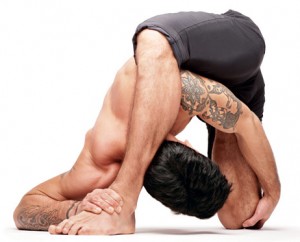
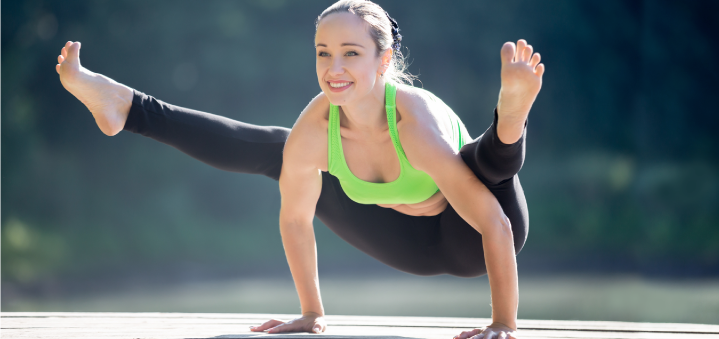
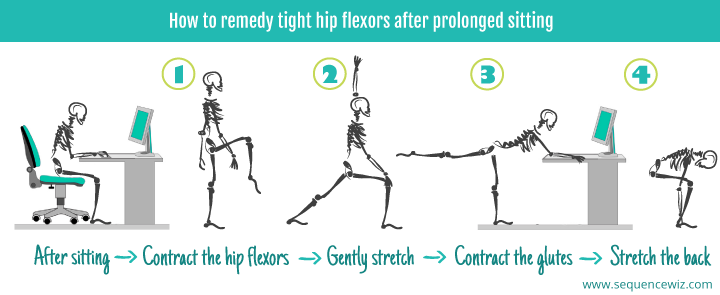
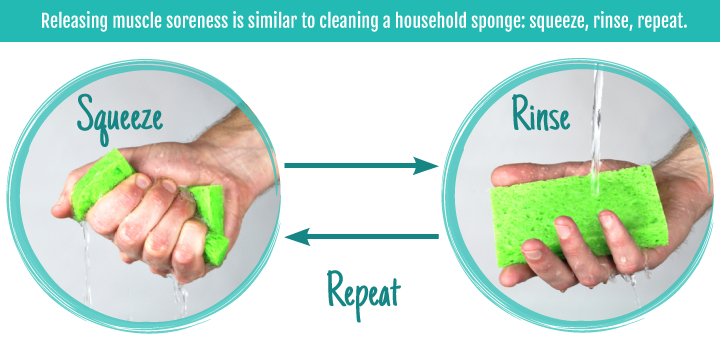

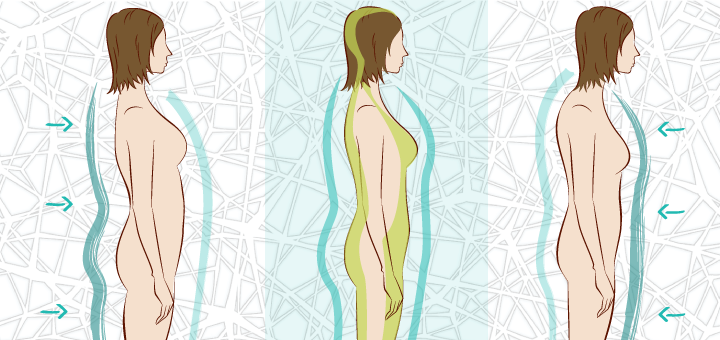
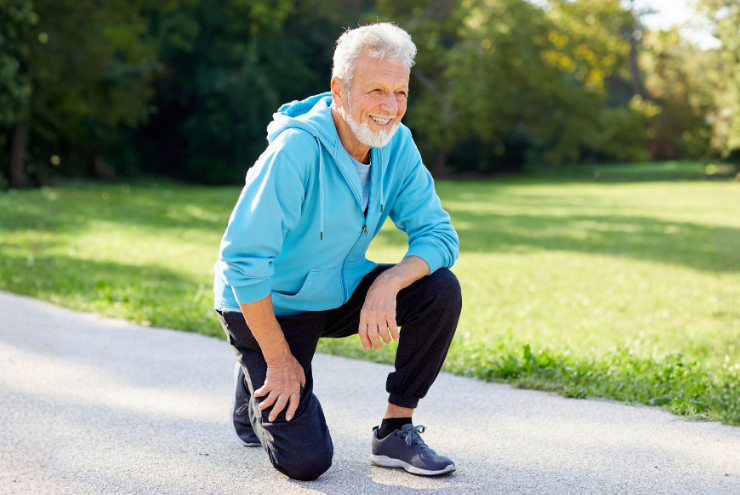
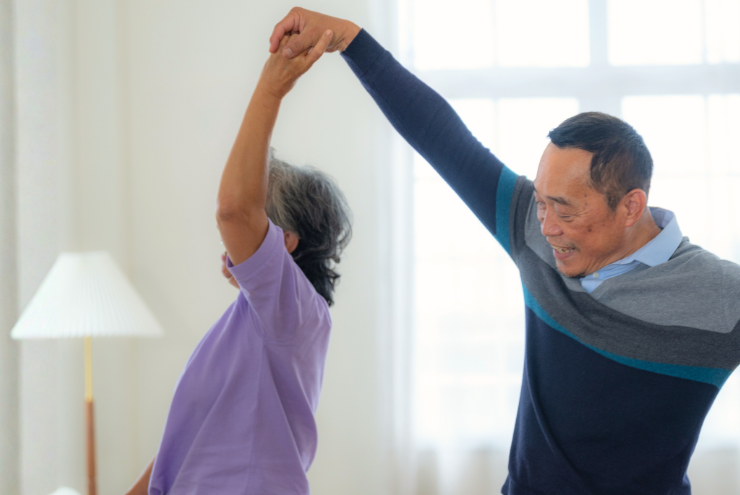
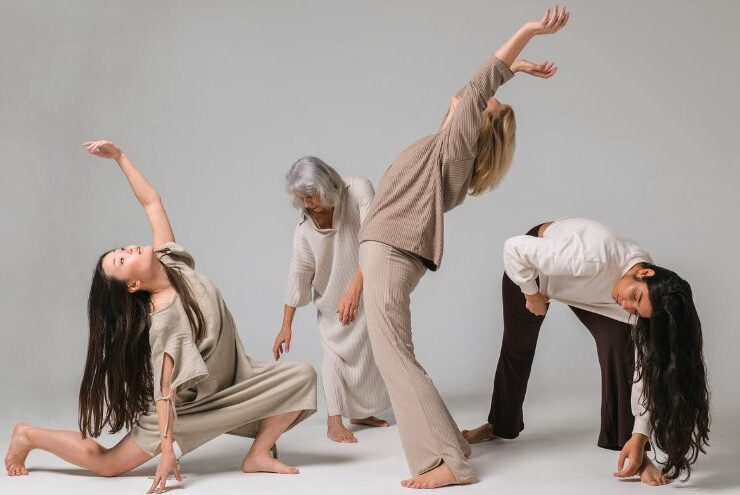
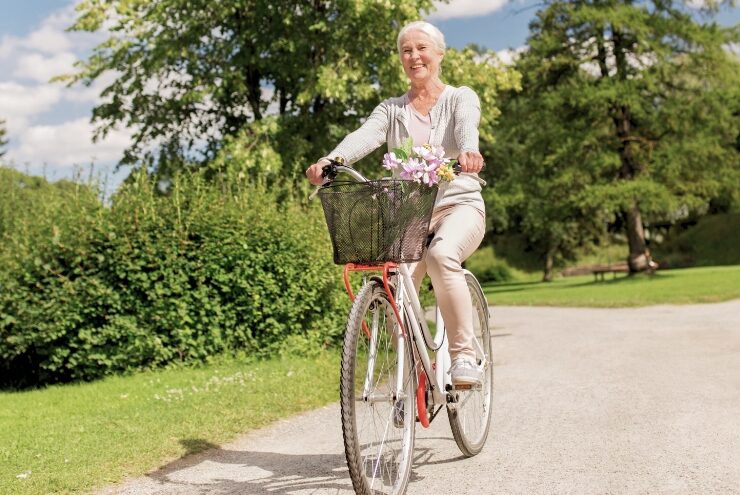


Excelent! I do apreciate your post, and all the info you share, so easy to undestand with great ideas to share with student. So helpul. Congratulations!
Thank you Sonia!
Great info, totally makes sense. Vini yoga seems fascinating!
Thank you Haidee! Viniyoga was (and is) like a kaleidoscope for me – turn it a certain way and all of the sudden all separate pieces of information about yoga fall into one big picture and start to make sense.
Hi, thanks for the info on long locked muscles and stretching. I have long locked back muscles after many years of being a carpenter and and wondering whats the best exercises/yoga positions I could start doing to help get the muscles into better shape as right now they have no strength and stamina and start aching quickly when used? thanks!
Hi Melanie! A best place to start would be with a simple practice like this one. it only takes 10 minutes but it loosens up your back and hips and begins to strengthen them. Please give it a try and see what you think!
thx v much, will give it a go!
I love everything you ever post and share. Please keep it up. I share with my YTT students. Have you written a book? I’d totally buy it. xo
Thank you Deborah! The book is in the works 🙂
I don’t under stand how it’s like a sponge
This is one of the best blog post about working out I have ever seen. There are so much helpful information in easy words for every workout geeks. I am so glad to find this blog and definitely subscribe for more posts. Thank you for everything you share.
Thank you Justin! I am so happy to hear that you found this info useful.